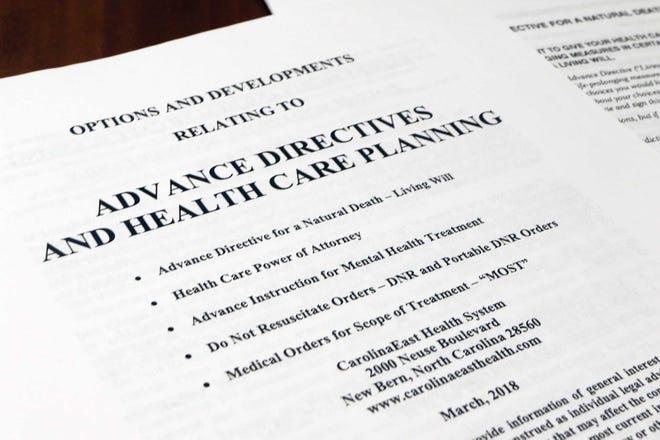— Give the gift of peace of mind

By Lisa Larson
Looking for the perfect gift this time of year? You may be surprised to find the most generous gift you can give has nothing to do with wrapping paper and bows.
While it might not be the conversation you were planning to have this holiday season, sharing your end-of-life wishes with family members is a gift that will bring peace of mind and comfort when you — and they — need it most.
“It’s a gift to yourself, as well as your loved ones,” said Mary Helen Stricklin, nursing director for Palliative Care at Intermountain Healthcare. “It gives you a chance to think about what matters most to you, and it allows you to share your advance directives with family members so they know exactly what you want.”
“We’ve seen families torn apart in a crisis because they didn’t know what their loved one wanted, now that they are making decisions and family couldn’t agree on how to handle the situation,” Stricklin continued. “We’ve also seen families who were able to feel peace in the middle of an otherwise distressing situation because they had a plan in place.”

Having your wishes documented in an advance directive can alleviate familial stress because the person chosen to make medical decisions is prepared. “It reduces confusion and decreases the anxiety and fear people might have,” Stricklin said. Knowing your wishes and sharing them can bring great peace.
While some people may feel overwhelmed at the idea of starting the process, Stricklin said there are just a few steps, all of which can be done without any cost to the individual.
“You do not need an attorney to do this,” Stricklin said. “And in Utah, you don’t even need a notary. Just a witness to your signature.”
The best way to begin the process is to have a conversation with yourself, really evaluating what matters most, Stricklin said. Take time to reflect on what is most important to you from a health, spiritual, religious, and cultural perspective. After that, you need to choose an agent who will be responsible for following through on your advance directives if you can’t make decisions yourself. Once you’ve made those decisions, the next vital steps are to create a document outlining your wishes and then share that document with your loved ones, as well as your doctor and the hospital that is likely to treat you.
While some may feel advance care planning is only for the aging population, Stricklin said anyone over the age of 18 should have something in place.
“Think of it as an important part of your emergency preparedness,” she said. “People always think it’s too soon until it’s too late.”
One way to get yourself thinking on the topic is to consider a sudden and unexpected life-threatening situation, such as a car accident, that could leave you unable to communicate your wishes.
“We have young people in the hospital all the time as the result of an ATV accident, falling off a cliff while hiking, car accidents and more,” Stricklin said. “You may never have to use your advance directive plan, but it is comforting to know it’s there just in case.”
Stricklin added that it is important to remember this is a fluid document. You can change your mind as your preferences change by drafting a new document at any time. Nothing is set in stone.
In fact, Stricklin said she suggests people review their advance directives regularly to ensure it is up to date with the proper contact information and that it still reflects your most current wishes.
People can use the “five Ds” as suggestions for when to review their documents: Divorce, Death in the family, Diagnosis change, Deterioration in your health, or at least every Decade.
Complete Article ↪HERE↩!
